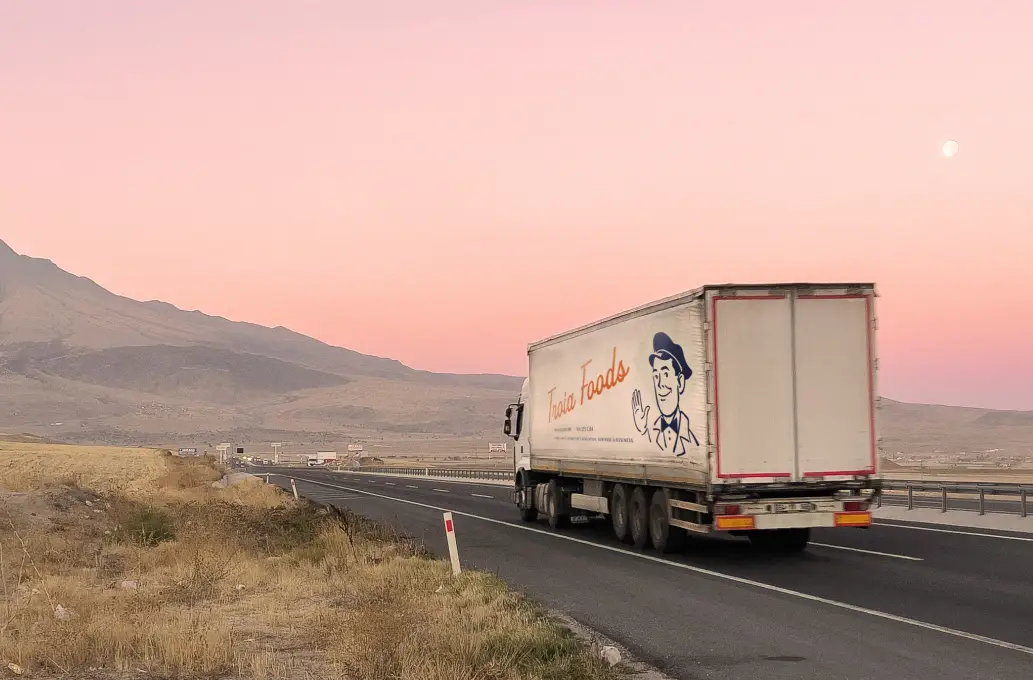In today’s crowded retail spaces, your product’s packaging is often the first—and sometimes only—chance to grab a shopper’s attention. For consumer packaged goods (CPG) brands, effective packaging is more than just a protective layer; it’s a crucial marketing tool that can influence purchase decisions. At Made Outside, we believe that successful packaging design is about striking a balance between aesthetics, functionality, and brand alignment. Here are some practical tips to ensure your product stands out on the shelf and resonates with your target audience.
1. Understand Your Target Audience
The foundation of any effective packaging design begins with knowing who you’re designing for. Are you targeting health-conscious consumers, eco-friendly shoppers, or those seeking luxury? Your packaging should communicate your product’s values and appeal to the emotional triggers of your ideal customer.
For instance, Green Compass, a wellness brand focused on organic, clean products, reflects this ethos in its packaging. Their minimalist design, use of soft natural colors and clear messaging convey purity and trustworthiness. This approach appeals to their health-focused, eco-conscious consumers who prioritize clean ingredients.
2. Prioritize Simplicity and Clarity
When it comes to packaging design, less is often more. Shoppers only spend a few seconds scanning shelves, so your packaging needs to communicate your brand message quickly and clearly. Avoid cluttering the design with too much text, imagery, or complex patterns.
A clean, simple design with a clear focus on your product’s key benefits or unique selling point (USP) is more likely to catch your attention. Natalie’s Orchid Island Juice, for example, uses straightforward, transparent packaging to highlight the freshness of its juice, allowing consumers to see the product inside while conveying the purity of the ingredients. Simple, fresh, and aligned with their brand message of authenticity.
3. Leverage Color Psychology
Colors are a powerful way to evoke emotions and influence consumer behavior. The right color palette can differentiate your brand on the shelf and create an emotional connection with buyers. For example, bold, bright colors tend to attract attention, making them ideal for impulse purchases, while muted, natural tones might appeal to consumers looking for organic or eco-friendly products.
For instance, Poppy Handcrafted Popcorn uses bright colors, playful fonts, and patterns to convey a sense of fun and excitement. Their packaging color variations also help to differentiate flavor varieties, making it easy for consumers to identify their favorite. The cheerful color scheme aligns perfectly with the brand’s playful and approachable identity.
4. Consider Shelf Visibility
Packaging is only impactful if it’s seen. One common mistake is designing packaging that looks great in isolation but doesn’t translate well in a retail setting. Consider how your product will be displayed and ensure the design works from multiple angles. Bold, legible branding elements should be visible from afar and when stacked on shelves.
Using contrasting colors can also help your product pop, while large, bold typography ensures that key information, like product name or health benefits, is quickly noticeable.
5. Ensure Brand Consistency
Your packaging is an extension of your brand, so it’s essential that it reflects your overall messaging and values. Consistency across all packaging touchpoints—logo, typography, colors, and imagery—reinforces brand recognition and trust.
For brands undergoing growth or change, like The Gourmet Chip Company, maintaining consistent design elements across a product line helps reinforce the premium, artisanal quality of their chips. Their use of deep earthy tones, refined fonts, and tasteful graphics establishes a sense of luxury, appealing to an upscale audience.
6. Use Materials that Reflect Your Brand Values
As consumers increasingly prioritize sustainability, the materials used in your packaging can be just as important as the design. If your brand champions eco-conscious values, consider using recyclable or biodegradable materials and make them known on your packaging. Eco-friendly packaging not only appeals to environmentally conscious consumers but also helps align your product with broader sustainability trends in the market.
For instance, using matte or kraft paper finishes can give a rustic, natural feel, while glossy or metallic finishes can communicate luxury. Make sure your packaging materials reflect the values you want to communicate and align with your overall brand positioning.
7. Highlight Key Information and Certifications
Many consumers are looking for specific product benefits, such as “organic,” “gluten-free,” or “vegan.” If your product has certifications that align with your audience’s values, prominently display them on your packaging. Make sure important information like ingredient lists, nutritional facts, or eco-certifications is easy to find and read.
Using icons or symbols can also help convey important information quickly, making your packaging more user-friendly and accessible. Certifications, awards, and unique selling points should be highlighted without overwhelming the design.
8. Create a Memorable Unboxing Experience
While shelf impact is essential, don’t forget the unboxing experience. Packaging should be functional but also deliver an experience that leaves a lasting impression. Adding thoughtful touches like personalized messaging, creative inserts, or a unique opening mechanism can delight customers and build loyalty. When customers enjoy the unboxing process, they are more likely to share their experience on social media, further amplifying your brand.
9. Test and Iterate
Once you’ve designed your packaging, it’s important to test how it performs in real-world settings. Conduct shelf tests or gather feedback from focus groups to understand how well your packaging resonates with your target audience. Be open to making changes and adjustments based on feedback to ensure your packaging maximizes its potential.
Bringing It All Together
Effective packaging design is a powerful tool for standing out in retail environments and building brand equity. By understanding your audience, leveraging color psychology, maintaining simplicity, and ensuring brand consistency, your product packaging can create an immediate impact on the shelf while fostering a deeper connection with consumers.
At Made Outside, we specialize in helping CPG brands craft packaging that not only grabs attention but also tells a compelling story.
Is your brand ready to evolve or reach more consumers? Start a conversation with us today.







